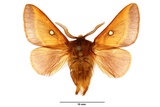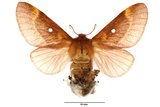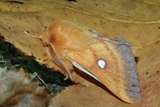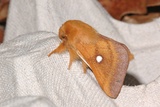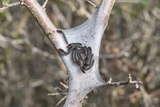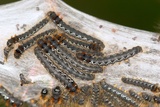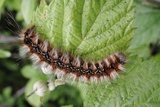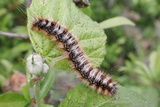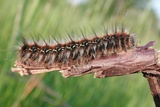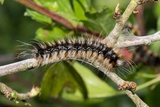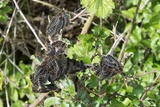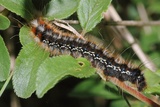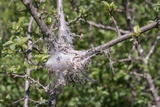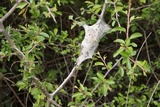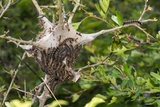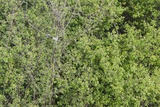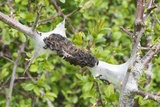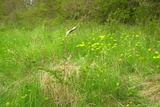Eriogaster catax (Linnaeus, 1758) Species
Last modified: April 24, 2024, 6:19 p.m.
An extremely rare and very local and declining species in Belgium, only known from NA. Rarely recorded as an imago.
Strictly protected under European law: EU Fauna-Flora-Habitats Directive (FFH), Annex II (Species for the conservation of which special protection areas must be designated) & Annex IV (species of common interest to be strictly protected).
Details
- Classification
- Family: Lasiocampidae > Subfamily: Lasiocampinae > Tribus: Eriogastrini > Genus: Eriogaster > Subgenus: Eriogaster > Species: Eriogaster catax
- Vernacular names
- Bosrandspinner (NL), Eastern Eggar (EN), Le Bombyx Evérie, La Laineuse du Prunellier (FR), Hecken-Wollafter (DE)
- First mention in Belgium
- Derenne F. 1933a. Espèces nouvelles pour la faune belge. — Lambillionea 33: 182–183. On page 182.
- Status
-
Native
Distribution
Imago
Wingspan male 30–36 mm, female 38–45 mm.
The male has a broad ocher-orange forewing while in the female it is red-brown. The wing patterns are similar in both sexes, in the disc area there is a round, sharply defined white spot, and the postdiscal area is bordered by a faint, sometimes absent inner transverse line and a clear outer transverse line.
Egg
Females lay eggs in deposits of approximately 50 to 300 on the twigs of host plants.
Bionomics
The egg clutch overwinters under the female's anal wool on a branch, often in a fork of a branch, usually laid on Prunus spinosa.
The caterpillars of the first larval stage hatch in April, which is phenologically correlated with the stage of fully developed buds in blackthorn. After hatching, the young caterpillars build a silky coating together on a branch, which provides protection against predators and helps maintain optimal body temperature in cool spring conditions.
When young, they lead a gregarious lifestyle, staying on the surface of the web in a synchronized manner, in smaller or larger groups, leaving it when feeding. In the penultimate instar, they finally leave the web to lead a solitary life. After the last molt which is around mid-May towards early June, the mature larvae disperse and feed also on other deciduous trees like Quercus, Crataegus, Salix, Ulmus, etc ...
Pupation occurs in a dense cocoon on the ground or in litter at the base of the host plant.
Artificial light is generally ineffective in attracting the imagos, so they are hardly captured when using light traps.
Flight periods
The adults fly from late September into October.
Observed on
- Host plant (species):
- Prunus spinosa
- Host plant (genera):
- Crataegus
The young larva lives mainly on Prunus and Crataegus, later when mature also on other deciduous trees like Betula, Pyrus, Populus, Ulmus and Berberis.
